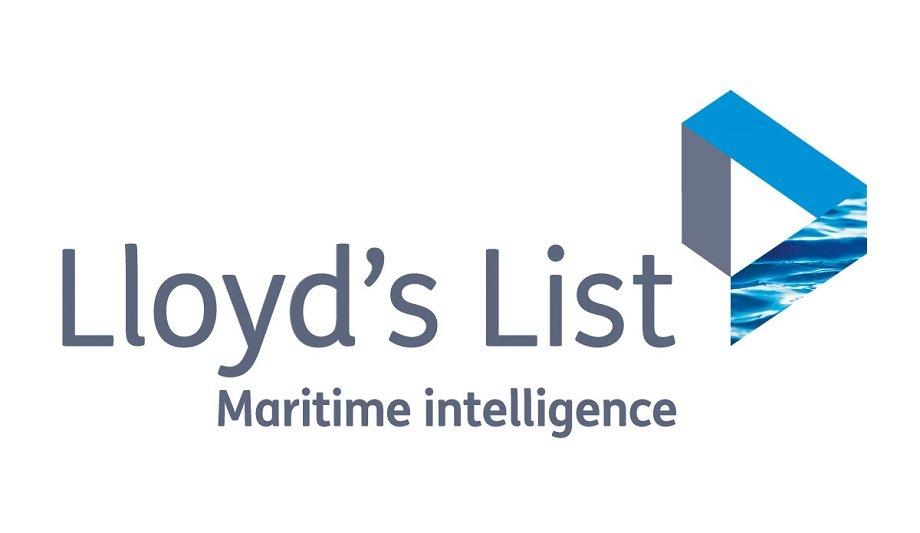27% of vessels fail to arrive within 24 hours of their published Estimated Time of Arrival. This lack of accurate AIS-based data puts pressure on ports, hampers logistics, and pushes up costs.
This could soon change, however, due to transformative new analytics from Lloyd’s List Intelligence, the maritime data experts, trusted by more than 60,000 professionals across the globe to power their decisions in operations, compliance, and risk management.
Predictive Fleet Analytics
Predictive Fleet Analytics is the first ever ‘air traffic control’ for the world’s commercial shipping fleet. It combines near-real-time data collected from 3000 sources, resulting in over 327 million AIS vessel positions monthly across the global fleet.
Predictive Fleet Analytics is the first ever ‘air traffic control’ for the world’s commercial shipping fleet
Specially designed advanced analytics, AI, and machine learning transform this unique data into accurate estimated times of arrival into port (ETA), arrival times at berth (ETB), and times of departure (ETD) for key active commercial vessels, along with current and future estimates of port congestion. Lloyd’s List Intelligence is the first to bring ETBs and ETDs to market, and no other provider brings together a broader range of predicted, actionable insight.
Industry-wide problems
Currently, over a third (36%) of Automatic Identification System (AIS) messages are missing ETA data, while another 27% of vessels fail to arrive within a day of their published ETA.
Even destination data is unreliable, with 63% of vessels publishing one port destination but ending up at another.
A powerful solution, requested by customers
Destination and ETA data gaps represent one of the most severe business challenges to the supply chain impacting the ability of businesses to work efficiently, effectively, and profitably:
- Financial losses: like demurrage charges, additional waiting and handling fees, and invalid pricing.
- Damaged customer relationships: from delivery misjudgments, schedule changes, and reassignments.
- Loss of sales: from a lack of visibility, and reactive service delivery which hurt the customer experience.
Informed by over 100 customer and stakeholder interviews across companies and government organisations, Predictive Fleet Analytics has been built in response to these widespread industry challenges.
Time and cost savings
Delivered as API data and integrated into the Seasearcher platform, Predictive Fleet Analytics helps customers gain greater certainty around the estimated destination, arrival, berthing, and departure times, along with port congestion status and waiting times.
This greater level of insight is key to more efficient voyages and port operations and the optimal use of vessels, fuel, port facilities and services, and the teams that operate them all, resulting in time and cost savings.
AI and machine learning models
Lloyd’s List Intelligence has developed this pioneering new method of calculating, predicting, and learning
With analytics powerhouse partner SAS, a pioneer in artificial intelligence (AI), data mining, modelling, and forecasting, Lloyd’s List Intelligence has developed this pioneering new method of calculating, predicting, and learning from vessel movements and behaviours in ways that were not possible before.
The AI and machine learning models predict destinations with an accuracy of 70%, ETA to port within +/- 10 hours, and ETB to within 1-2 hours, catering for key vessel types in the commercial fleet operating to both fixed and non-fixed schedules.
Service and facility optimisation
“Predictive Fleet Analytics allows our customers to let decisions on scheduling and routes be driven by the best quality data so that shipping companies can save on resources and costs,” says Parvin Conners, Vice President of Product and Data for Lloyd’s List Intelligence.
“This new level of prediction around destinations and arrivals helps ports to optimise their services and facilities and for maritime servicing businesses to run more smoothly. All of this is possible thanks to the strength of our data and analytics and how we use AI and machine learning.”
